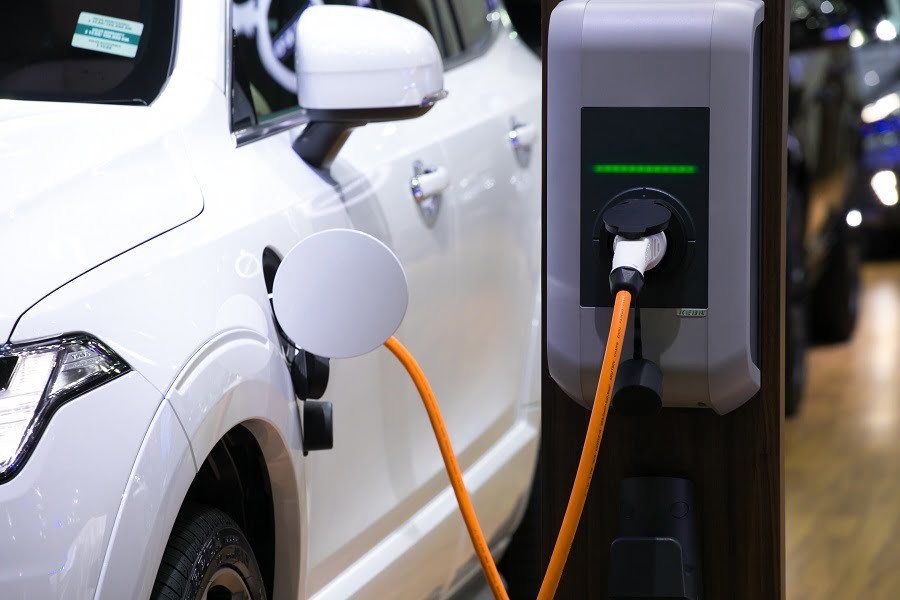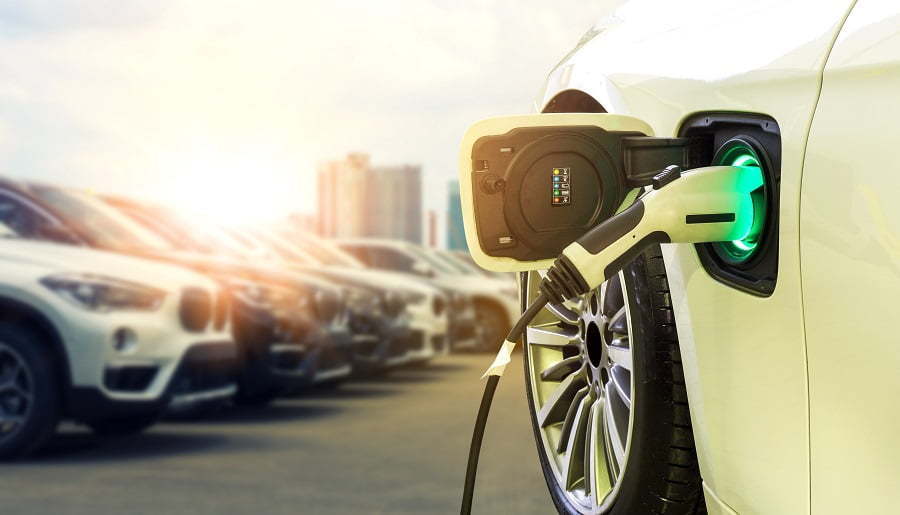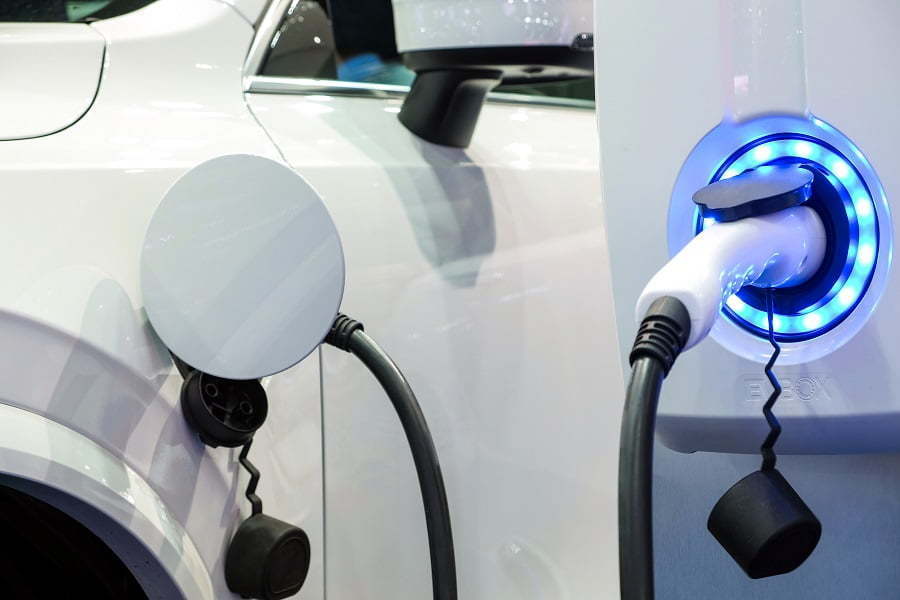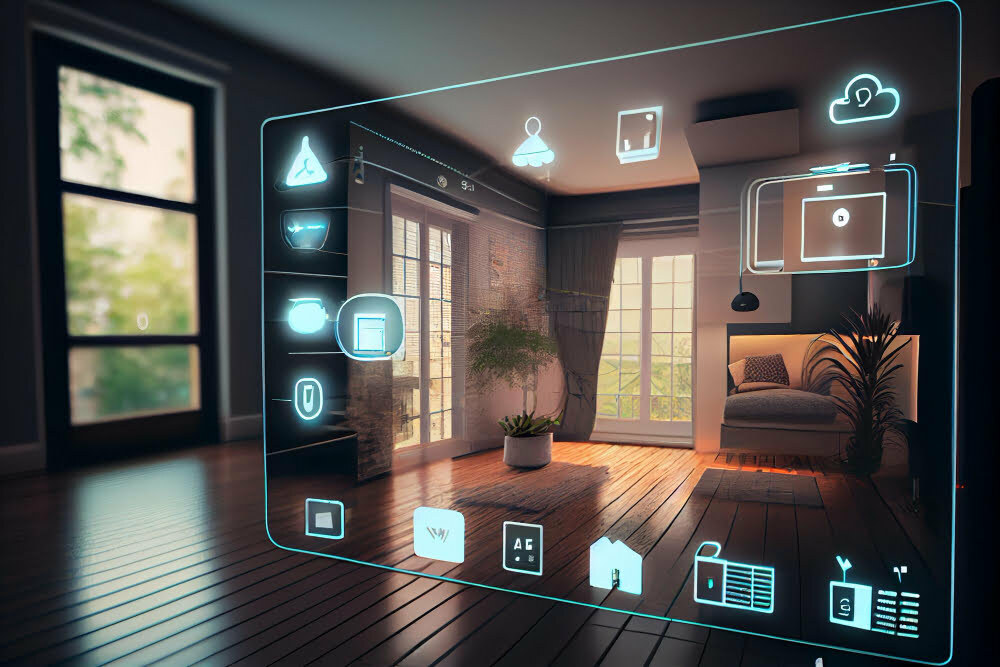Last updated on
Electric cars are part of a sustainable lifestyle. And much like our gadgets, they need chargers as well. How do they work? Read on!
Cars are among the top five causes of air pollution worldwide, causing harm to the environment and people. With that, individuals are looking for innovative ways to keep the cars’ benefits without harming the environment. Ergo, electric vehicles are born.
What is an Electric Car?

Electric cars run solely on electricity and don’t require any gas. This helps eliminate the unexpected rise of gas fill-up costs, allowing you to be cost-efficient. On the plus side, you’ll also help save the environment as it has lower toxic emissions and uses eco-friendly materials.
Furthermore, electric cars are cheaper to run than gas-fueled vehicles, and they’re a lot cheaper to maintain. You don’t have to worry about the maintenance of an electric car as it only has one moving part that you need to maintain regularly. Along with this, you just need to keep the brakes, tires, and suspension in pristine condition so that they could run smoothly.
How Do You Refuel Electric Cars?

Electric cars need electricity to run for about 120 to 250 miles, depending on the type. This should be enough for an eight-hour trip that can be divided into four days, if you’re only driving two hours a day.
To refuel your electric car, you’ll be needing to use an electric car charger at home, or you can charge at your area’s charging station. Listed below are the three charging stations that could charge your electric vehicle.
Level 1
Level 1 charging station uses a 120 V AC plug. You can plug this type of charger into a standard outlet, directly from your home’s wall socket. With level 1, it’s usually a plug-and-play process and doesn’t require any installation, compared to other levels. By being charged to your home’s outlet, except that it’ll take much longer to allow your vehicle to charge fully. This is the preferred option for electric car owners if they plan to charge their cars overnight.
Level 1 charging is the most cost-efficient way of refueling as there’s no added expense for installation. However, you need to prepare for the additional charging hours required as an electric car is slow to recharge. Ensure that if you’re using a level 1 charger, give yourself enough time and try to avoid staying out late at night if you need to recharge for an early morning trip the following day.
Level 2
A level 2 charging station uses a 240 V plug for residential or a 280 V plug for commercial use. Unlike level 1, level 2 doesn’t come with a plug-and-play feature as it requires proper installation by a professional electrician.
With residential level 2, you’ll be having your station at home, which provides faster charging compared to plugging it into a standard outlet. It can charge a vehicle for as little as two hours, and this is the preferred quick charging method as you don’t need to plug it in overnight.
By installing level 2 in your business or home, you can also allow it to be a part of the solar panel system for electricity efficiency and to save a massive amount on your energy expenses.
Level 3
Level 3 charging stations or DC fast chargers are generally for commercial or industrial applications. With level 3 charging, you can refuel your electric vehicles at full load for a minimum of 20 minutes.
Level 3 requires high-powered equipment to install and maintain. Expect that it’ll be costly and not worth every penny if you plan to have this solely for personal and home use. On top of this, not every car has the ability to be charged for level 3 plugs. You need to ensure that your vehicle is DC-fast-charger-enabled before plugging it into a level 3 charging station to prevent your vehicle’s battery from getting damaged.
Before heading out to the public charging station, you should know first if the connector they use is compatible with your vehicle. This will help you save time, as well as the energy left on your vehicle’s battery to preserve for other use.
For the most convenient way to charge your car, you should have your home charging station (level 2) so you won’t have to worry about recharging your vehicle quickly. The public charging station’s availability is limited and might not be available in your area for a quick recharge.
Different Variations of Public Charging Station

A public charging station has two kinds: free and paid. An open charging station usually has a standard connector, the most common charger type for electric vehicles. On the other hand, a paid charging station has more connectors available to handle various types of cables.
Furthermore, some public charging stations don’t have any cables included and will require you to bring your own. This way, you’ll guarantee that you can make use of them effectively.
When it comes to using two different charging stations, free charging stations are usually easy to use and operate. However, with paid charging outlets, there’s a process required for a sufficient charging experience. You can choose to pay through a credit card or your smartphone app, depending on the process.
How Long Does The Battery Last?
Depending on the care and maintenance that you give to your vehicle, batteries usually last for about eight to 10 years of continuous use. Similar to your phone’s battery, your car’s battery quality will degrade over time. With this, it might not hold the usual charge for the regular hours.
Your electric car’s battery degrades when you overcharge it or plug it into the wrong voltage. Ensure that you’re aware of your vehicle’s charging requirements to avoid any possibility of damaging your car’s batteries.
The Takeaway
An electric car provides a ton of great benefits. Not only does it help eliminate your gas money allowance, but it also helps save the environment by minimizing your carbon footprint. Along with this, different charging stations allow you to refuel your car, depending on the hours you need to have it recharged.
If you have an immediate need for a fast-charging solution for your electric vehicle, it’s ideal that you have a level 2 charging station at home. This allows you to have a convenient way of charging your car. For the best option, have it solar-powered to save on energy costs.
Related reading:
Table of Contents





